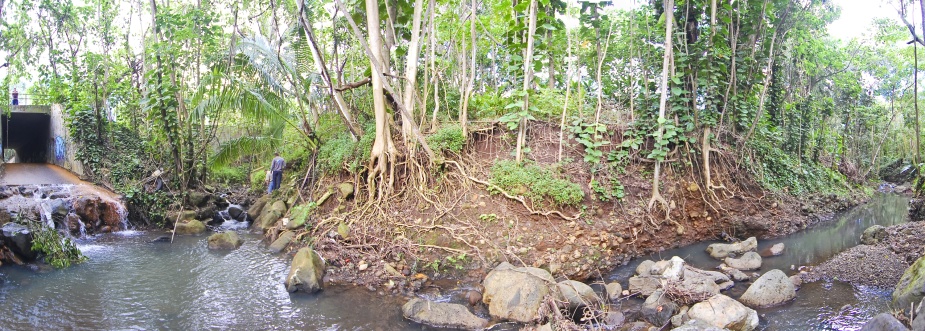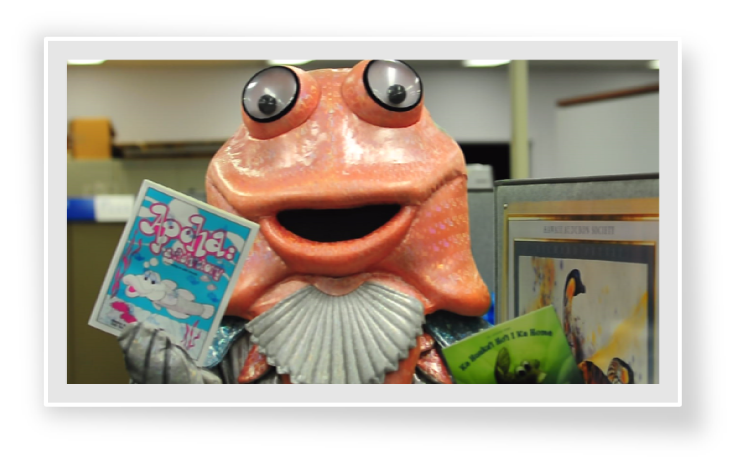Polluted Runoff Control Program
Mission
The Polluted Runoff Control Program’s mission is to protect and improve the quality of Hawaiʻi’s water resources by preventing and reducing nonpoint source (NPS) pollution.
About the Polluted Runoff Control (PRC) Program
The PRC Program has evolved under the guidance of two federal statutes:
- Clean Water Act (CWA), Section 319 (Nonpoint source management programs)
- Coastal Zone Act Reauthorization Amendments (CZARA), Section 6217 (Protecting coastal waters)
In order to achieve its mission and meet CWA Section 319 NPS management requirements, the PRC Program implements and updates the Hawaiʻi Nonpoint Source Management Plan (2021-2025). The PRC Program works with the State Coastal Zone Management Program to protect coastal waters pursuant to CZARA.
The PRC Program uses CWA Section 319 funds to provide grants for polluted runoff projects in Hawaiʻi. Please visit the 319 Grant Program page for more information.
For a map and information on CWA Section 319-funded polluted runoff control projects, please see the Surface Water Protection (SWP) System Viewer. The SWP System Viewer also has watershed-based plans that can be downloaded. For more information about watershed planning, please visit the PRC Program’s watershed-based plans page. State NPS pollution management plans and PRC Program annual reports are also available on the PRC’s website.
Contact the PRC Program ([email protected] or 808-586-4309) for information about grant opportunities, watershed projects and planning, and nonpoint source pollution.
What Is Polluted Runoff?
Polluted runoff, or nonpoint source pollution, results when stormwater or irrigation water washes pollutants from the land into streams and coastal waters. When it rains, water that does not infiltrate the soil runs over the ground and carries pollutants such as sediment, nutrients (from fertilizers), bacteria (from animal waste), toxic chemicals, oil, and trash into streams, rivers, and the ocean. Polluted runoff can destroy aquatic habitats and marine life, pose public health risks, and negatively impact Hawaiʻi’s economy and way of life, which rely heavily on water quality.

When it rains, water washes pollutants from Hawaiʻi’s ridges to the ocean. (Kaaawa Valley, Oʻahu)
Polluted runoff results from our activities on the land and in the water. Sources of polluted runoff include urban areas, agriculture, and cesspools. In urban areas, roads, buildings, and parking lots often prevent rain water from soaking into the ground. This increases the volume and speed of water runoff, increases erosion, and washes pollutants through storm drains into streams and the ocean. On farms, fertilizers, herbicides, pesticides, and soil erosion can lead to polluted runoff problems. Cesspools, another source of polluted runoff, discharge untreated human waste directly into the ground, where it can contaminate the ocean, streams, and groundwater by releasing nutrients and disease-causing bacteria and viruses.

Stream levels can quickly rise during torrential downpours, resulting in erosion and exposed plants roots. The sediment that is washed away is a form of polluted runoff. (Waimanalo Stream, Oʻahu)
Polluted Runoff Resources
- CWA Section 319-funded projects (and map of project locations)
- Watershed-based planning and plans
- Hawaiʻi Nonpoint Source Management Plan (2021-2025)
- Hawaiʻi Coastal Nonpoint Pollution Control Program
- Hawaiʻi Polluted Runoff Brochure
- EPA Clean Water Act Section 319 Grant Program and NPS resources
- Hawaiʻi Backyard Conservation Ideas for Every Homeowner
- Hawaiʻi Residential Rain Garden Manual
- Hawaiʻi Community Stewardship Directory (2009)

